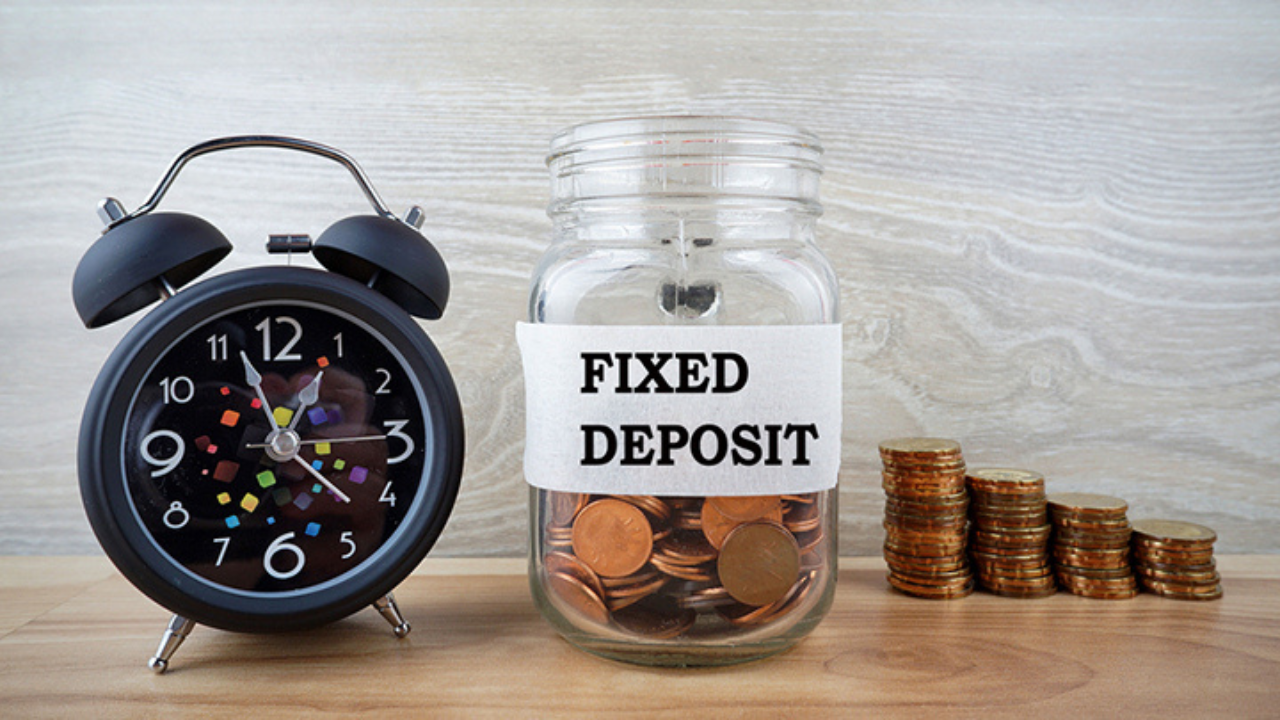 English
English

With markets buzzing ahead of Diwali, should you park your money in SIPs, FDs or gold? Know which could deliver the best balance of safety, growth & liquidity for your goals.

SIPs offer long-term growth and inflation-beating potential.
New Delhi: As Diwali approaches, investors face a familiar dilemma: where to channel their savings for the best returns with manageable risk. Should one rely on Systematic Investment Plans (SIP) into equity funds, keep the safety of Fixed Deposits (FDs), or lean into the traditional favored hedge of gold? Each has its merits and caveats- and the “best” choice often depends on your goals, risk appetite, and time horizon.
Let's compare these three options and see how they might fit into your Diwali investment portfolio.
Gold vs Silver Rates Today: Which precious metal should you invest in?
SIPs allow you to invest a fixed amount regularly in equity or hybrid mutual funds. One of their biggest advantages is rupee cost averaging — you buy more units when markets dip and fewer when they rise — potentially smoothing out volatility over time.
Historically, equity-linked SIPs have delivered higher returns compared with fixed-income investments over longer horizons. But they also come with market risk — short-term swings are common, and returns are not guaranteed.
Another plus is liquidity and flexibility: you can stop, ramp up, or redeem your SIP anytime (subject to fund terms).
For festive-season investors eyeing wealth creation over 3–5 years or more, SIPs offer growth potential — but with higher volatility and uncertainty.
FDs remain a go-to for conservative investors. When you lock money into an FD, you know the interest rate in advance, and there’s little uncertainty. The principal is relatively safe — even though early withdrawals often attract penalties.
But that predictability comes at a cost: FD returns are typically lower than market-linked instruments, and in inflationary environments, real returns (after factoring inflation) can erode.
Also, the interest earned is fully taxable at your slab rate, which further dents net returns.
FDs are optimal for short-term goals (1–3 years), as a safe parking for cash or emergency buffer during volatile times.

FDs ensure guaranteed, low-risk returns.
Gold has always held cultural and emotional value, especially during festival seasons and weddings. It’s seen not just as jewellery, but as a store of value — a hedge against inflation and currency pressures.
Unlike FDs, gold’s returns are variable and market-driven: it can surge when global uncertainty, inflation or weak currency put pressure on traditional assets.
There are also many ways to access gold now — physical gold, digital gold, Gold ETFs, or Sovereign Gold Bonds (SGBs) — making it more accessible and liquid.
From a taxation view, gains from gold are taxed under capital gains rules, with indexation benefits for long-term holdings.
Gold’s downside: it does not generate income (unlike FD interest), and shorter-term volatility can be high.
Gold Price Today: Surge in market rates; What city‑wise data reveal
It’s rarely about picking just one — many investors use a mix: